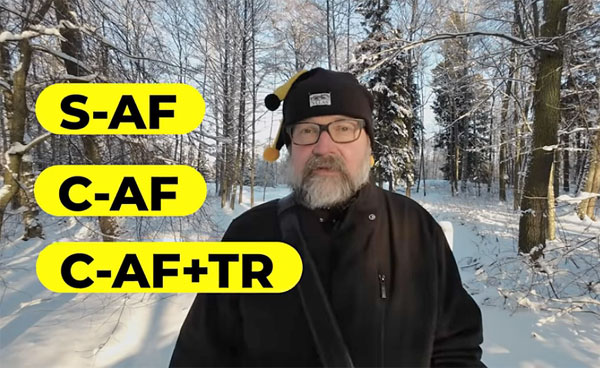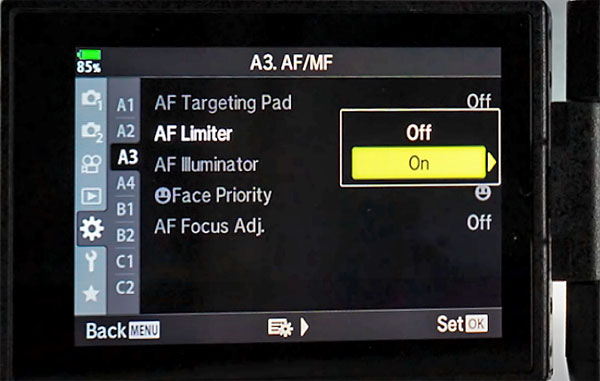Want Sharper Photos? 5 Tips for Precise Autofocus (VIDEO)

So you come across a beautiful scene, use the camera’s histogram to nail exposure, and find a great composition. Well, you just made a great shot—unless you pull it up on the computer and discover that the image is soft.
There are a bunch of reasons for out-of-focus images. Perhaps you shot hand-held and the shutter speed you chose was simply too slow to prevent camera shake. Maybe your AF settings were wrong for the situation, or the camera selected the wrong focus point and missed the key subject in the frame.

Whether you shoot sports, landscapes, wildlife or portraits, the five quick tips in the tutorial below will help you achieve fast-and-precise AF every time. And that’s really important because it’s unlikely you can return to reshoot an image with the same perfect conditions you encountered the first time around.
In the eight-minute video below, Finnish pro Peter Forsgard explains his secrets for properly focused images. And the techniques and camera settings he uses will apply to just about anything you shoot.
Forsgard kicks of this episode with a quick review of AF terminology, explaining the difference between S-AF, C-AF, and C-AF+Tracking. He suggests which mode to use, based upon whether or not your subject is moving and the specific assignment at hand.

He also explains how back-button focus works, and why he prefers the conventional approach of using the camera’s shutter button to activate focus. Forsgard is also a proponent of using the focus limiter on a lens, or the AF Limiter setting on his camera, to narrow the focusing range while shooting. This helps speed things up and provides a greater number of “keepers.”
Forsgard also reveals a few custom setting you may want to consider, depending upon the camera you own, to make it easier to switch between the AF and MF modes.
There’s much more to learn on Forsgard’s YouTube channel, so be sure and pay a visit. And check out the recent tutorial we posted from another top pro, demonstrating how to employ the three “essential” elements of great landscape photographs.
- Log in or register to post comments













































